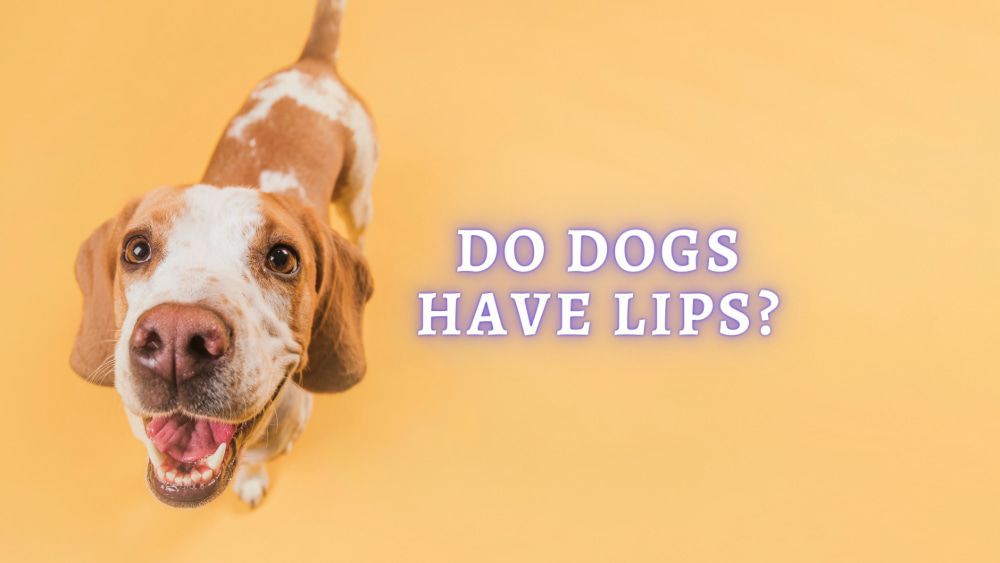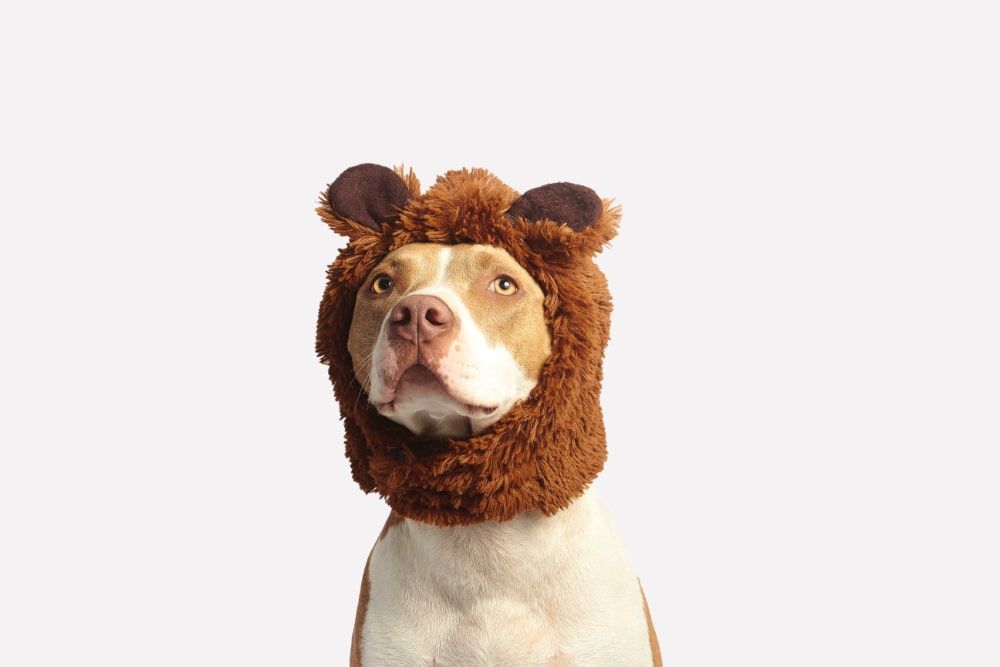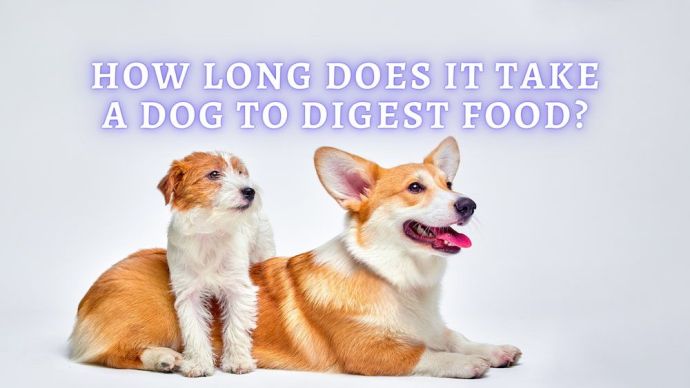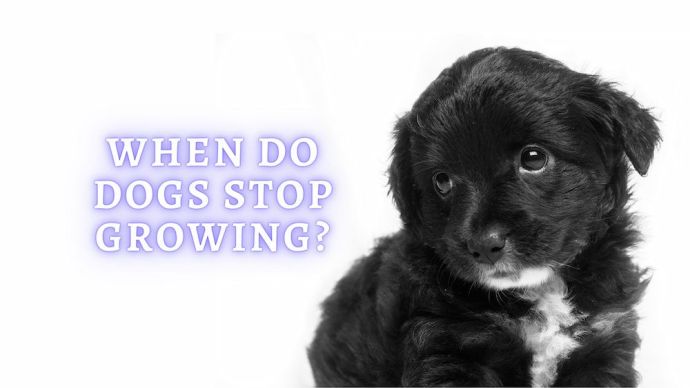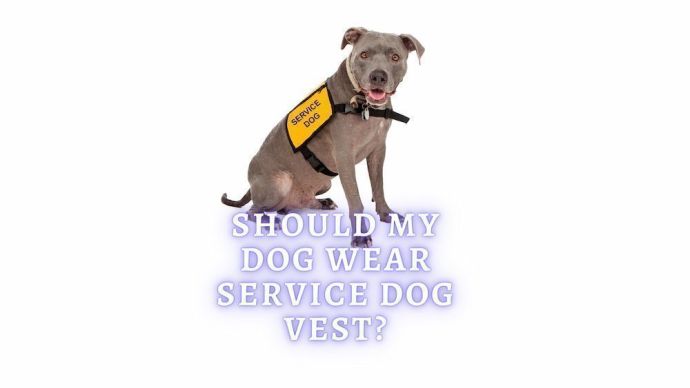Dog Lips: Do Dogs Have Lips?
Written by:
Author: Seb Jenkins
Seb is a professional SEO writer with a degree in Journalism, he has five years of experience in writing and editing. Seb specializes in topics like dog and cat breeds, aquarium guides, and pet care. He is passionate about educating and entertaining animal owners worldwide. In his spare time, Seb enjoys writing fiction novels.
View all 83 articlesLearn about our editorial process and veterinary review board.
Reviewed by:
Veterinary review
by Dr. Linda Simon
Dr. Linda Simon is a veterinary surgeon working with seven years of experience. She is a fellow of the British Veterinary Association and specializing in animal medicine. Also, she has been the Woman magazine resident vet for the past two years and writes a regular column for them, focusing on pets and their health.
View all 30 articlesLearn about our veterinary review board
Viewed: 517
Updated on: 06/08/2023
Human lips are very distinctive with clear upper and lower sections separated from the cheeks. However, things are far less visible when it comes to dogs, leading to many pet owners asking, does my pet even have lips? Well, fortunately for you, we have dedicated an entire article to answer just that!
Anatomy of Dog’s Mouth
Before we look at whether dogs technically have lips or not, we must first understand our canine companions’ general anatomy. When looking down upon the adorable face of your best friend, you should be able to see a few distinctive sections, namely the forehead, the ears, the nose, and the muzzle (mouth area).
In the mouth, you will find two rows of sharp teeth designed to chew through tough meat, yet the lips may not be immediately apparent. While they may appear to be invisible, the mouth are there, and they are just as important the pets as they are to humans, albeit in different ways.
As humans, we use lips to eat our food and feel, while dogs use them to protect around the teeth/jaw area. Not only this, but they also use mouth as a form of body language, as well as transporting smells up to the nose. We all know that canines are famed for their sense of smell, and the mouth has a huge part to play in that!
Unlike in humans, the upper and lower lips of canines are completely separate, with the jawlines also spanning a far longer area than ours. This means that pets have more force in their mouths, while humans are capable of suction. This is why your pooch often seems to struggle when drinking from their bowl. They can’t simply suck up the water as we would, so they use their tongues to shovel it into their mouths, often spilling it all over the floor in the process.
READ MORE: Dogs Nose Is Dry and Cracked
What Are The Lips of a Dog Called?
As we explained above, a pet’s upper and lower lips are two completely separate things, meaning that they also have different names. The upper lip is known as a ‘flew’ while the lower lip is called… wait for it, the ‘lower lip’.
In general, the bigger the flew on your pet, the more drool they produce. For example, Bulldogs, Bloodhounds, and Saint Bernards all have huge flews, while is why they drool around everywhere. In these dogs, the flew is so big and saggy that it often overlaps the lower lip, making the latter hard to locate.
Why Do Dogs Lips Have Bumps?
One of the most prominent features of a pet’s mouth is, without a doubt the series of serrated bumps, especially when compared to the human equivalent. When you think of lips, you think of smooth skin, yet a pet’s mouth are covered in these rough bumps.
We all know the feeling of accidentally biting into our own mouth when eating. It happens and the pain is horrible. Well, pets have bumpy lips to counteract this design flaw, as a sharp tooth could carve through their lip skin. Therefore, when eating, the bumpy mouth help grip and secure the food while ensuring that the outer lip layer remains away from the teeth/chewing.
READ MORE: Lumps and Bumps on Dogs (Explained by Vet)
Why The Dog Lips Are Black?
The simple answer is, they are not. Some pet lips are black, but not all. The general rule is that the color of the nose matches the color of the lips and gums. Therefore, you can get black dog mouth, brown lips, grey lips, and other variations in between. The coloring in your pup’s lips depends on the amount of melanin within the animal – the more melanin, the darker the mouth. However, the color can change as your canine friend gets older; this is normal.
Can Dogs Smile?
This is a tough one to answer. By human standards, dogs smile all the time, although without the same meaning behind it. Humans often see a wide mouth with teeth showing and assume that the pet is smiling as the owner would. However, this is not the case.
If your dog is relaxing and lying down while ‘smiling’, this often means that they are calm and satisfied. However, it is more common that a dog smile points towards anxiety or discomfort about something, especially when paired with nervous wags of the tail, down ears, and shivering. If you see your pet smiling like this then something is wrong.
Finally, if your dog has noticed that a smile has led to a positive reaction from you in the past, they may have learned a connection between the two.
And Do Dogs Kiss?
Unfortunately, dogs do not kiss out of feelings of love, no matter how much you may want that to be true. The vast majority of the time, if your canine friend comes up to you and starts licking you, it’s because they like the salty taste.
What Is Oral Papilloma Virus?
Unfortunately, while bumps on the lips are normal in canines, they can be a pain when trying to spot Oral Papilloma. This is a virus that results in many clustered bumps appearing across the gums and mouth of your pet. These bumps are all infected with something called papillomavirus, something that is more common in dogs under two years of age.
Papillomavirus is highly contagious and results in the formation of small benign tumors within the dog’s mouth. It often spreads via shared toys or general dog-on-dog greetings. While uninfected papilloma do not require any medical attention and do not result in symptoms, infected bumps can result in swelling and pain. This infected papilloma should be treated immediately with antibiotics prescribed by your vet.
READ MORE: Socializing Puppy With Other Dogs
FAQs
Do dogs have upper lips?
Dogs do have upper lips, but they are referred to as ‘flew’.
What does it mean if a dog licks their lips?
Lip licking is said to be an example of calming behavior in canines, as well as a sign of appeasement. However, lip licking can also mean that your dog is worried or threatened for some reason. If a dog is threatened, they may lick their lips to appease the animal or person they deem to be threatening. Lip-licking can go hand-in-hand with yawning, scratching and sniffing the ground. In terms of medical issues, lip licking can point towards dental disease, nausea and/or mouth pain.
What are dogs’ mouths called?
The mouth area of a dog is called the muzzle.
What color should dog lips be?
Dog lips can come in a range of different colors, depending on the melanin level in that particular dog. The more melanin, the darker the mouth. The color always matches the dog’s nose and is usually a form of black, brown or grey.
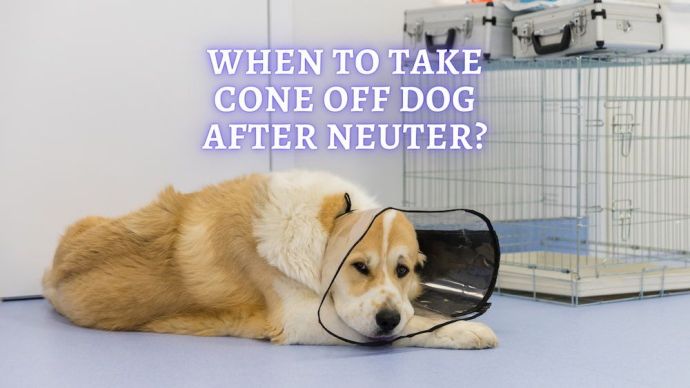 Dog Care When to Take Cone Off Dog After Neuter? Advice on Helping Your Dog to Recover
Dog Care When to Take Cone Off Dog After Neuter? Advice on Helping Your Dog to Recover - 254
- 0
 Dog Veterinary Tips Why is my Dog throwing up: Causes and Preventing (Veterinary Advice)
Dog Veterinary Tips Why is my Dog throwing up: Causes and Preventing (Veterinary Advice) - 21800
- 5
 Dog Care My Dog Keeps Scratching His Mouth: Reasons Why Your Dog Scratching Face
Dog Care My Dog Keeps Scratching His Mouth: Reasons Why Your Dog Scratching Face - 17168
- 1
 Dog Care Why Is My Dog Bleeding From Its Butt? Causes and treatment of rectal bleeding in the dog
Dog Care Why Is My Dog Bleeding From Its Butt? Causes and treatment of rectal bleeding in the dog - 15103
- 0









